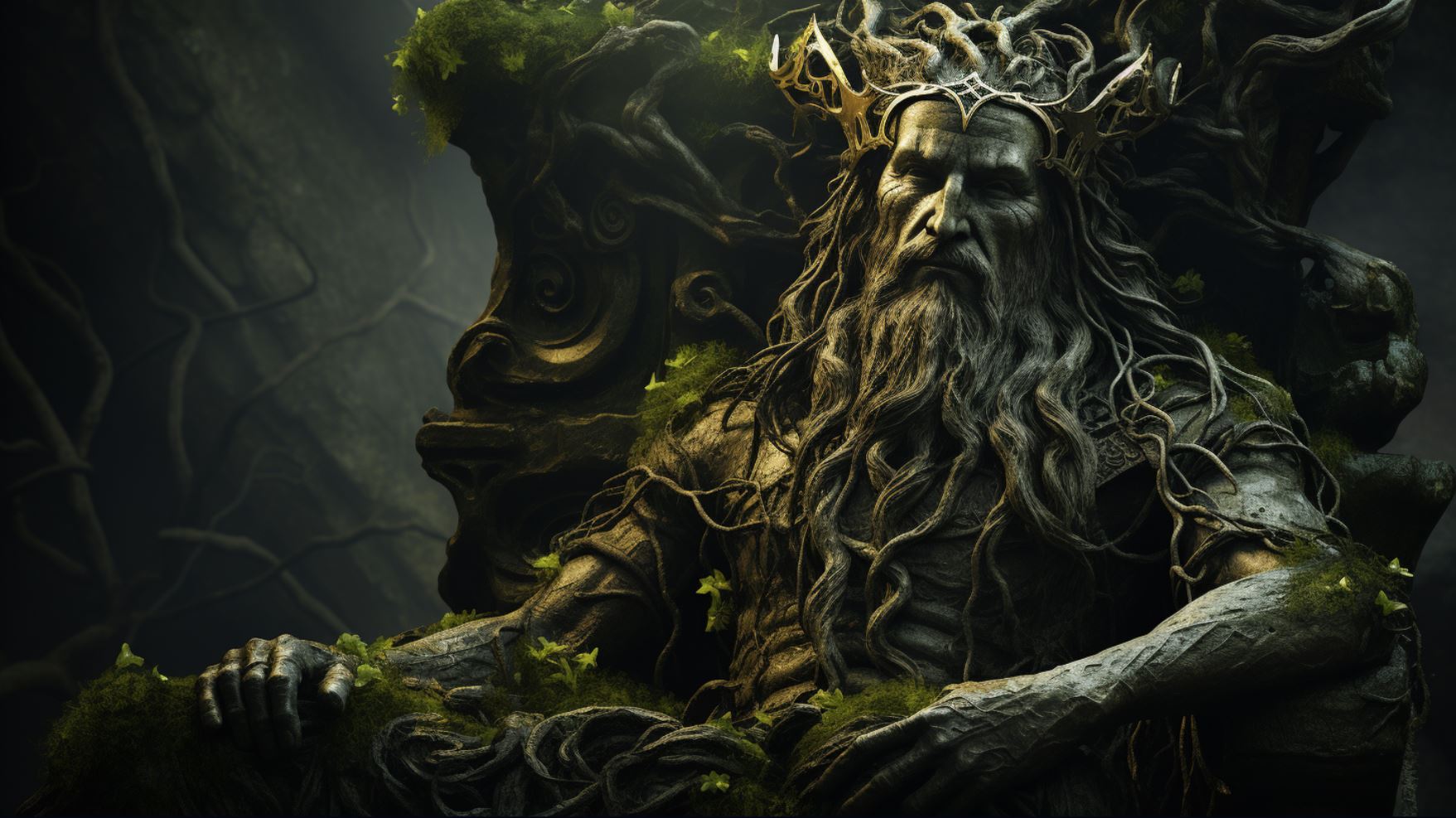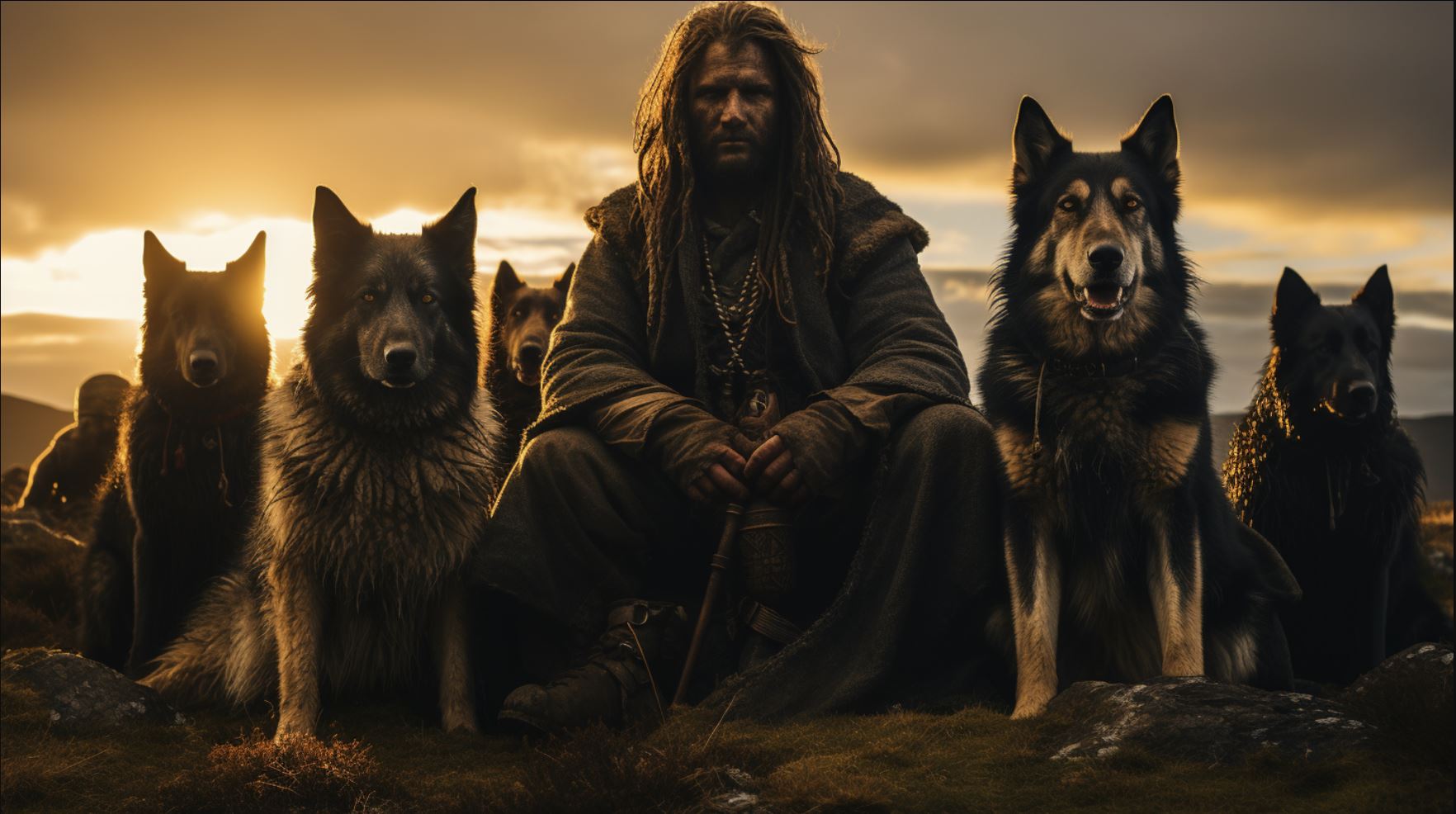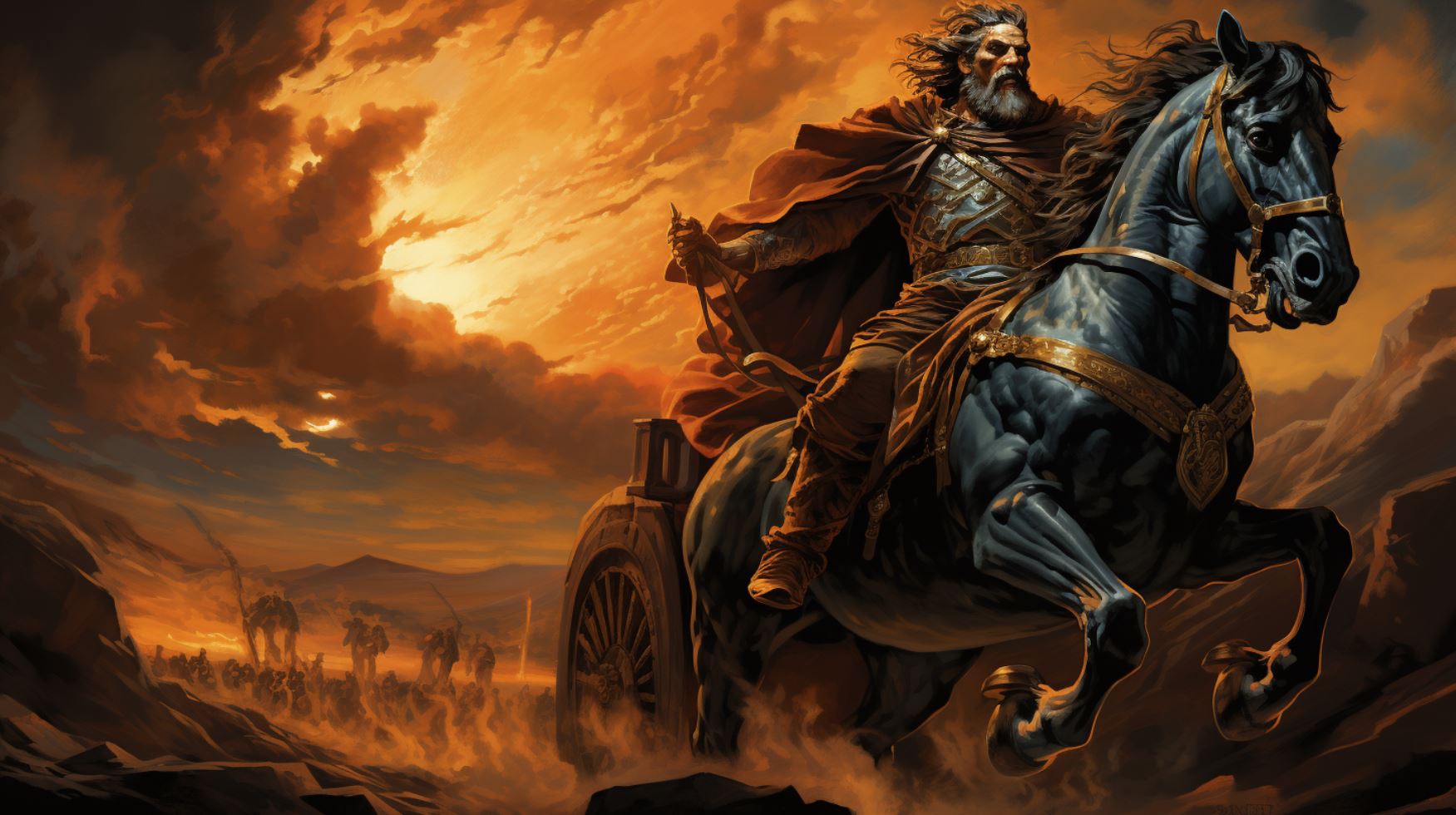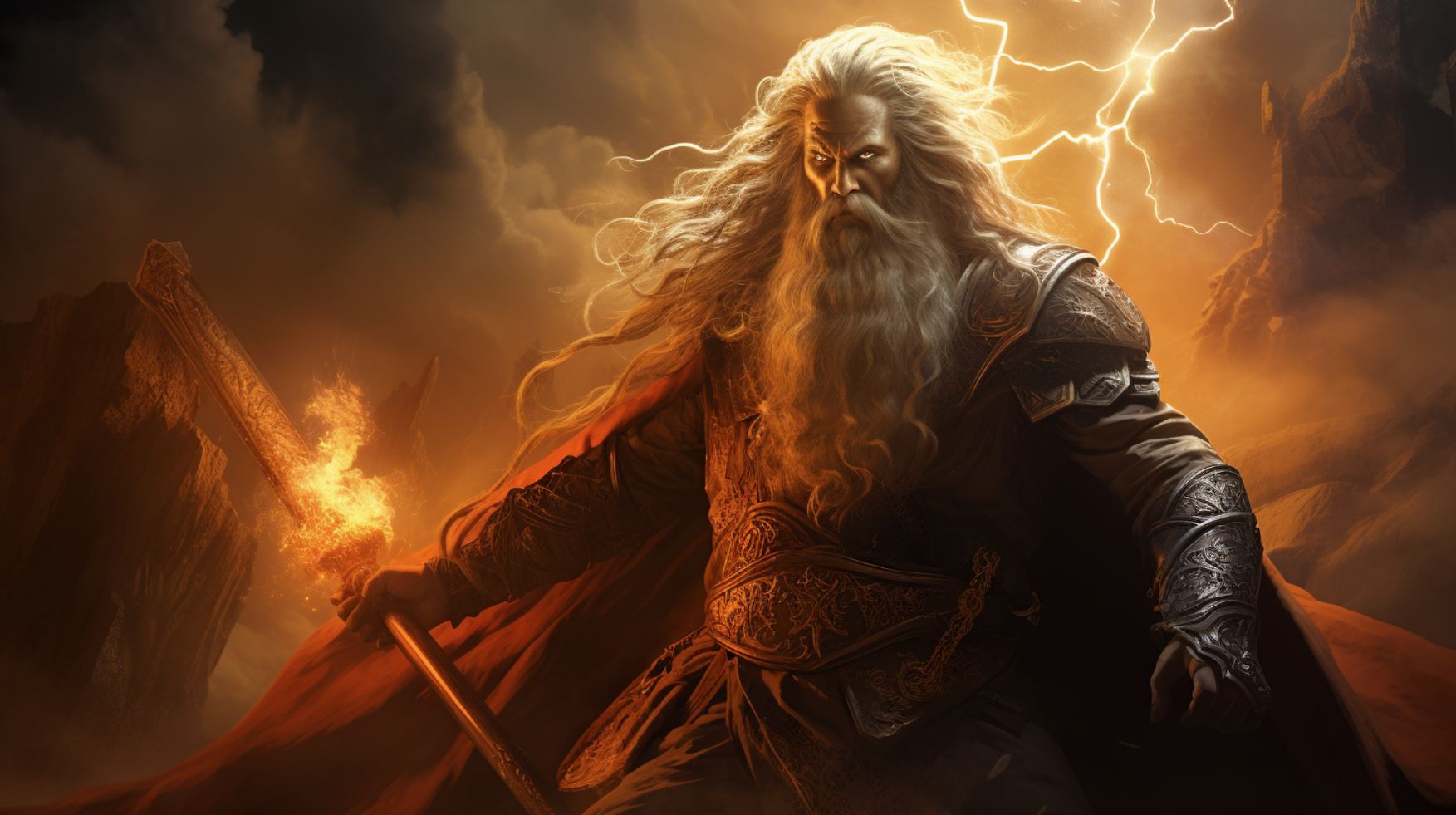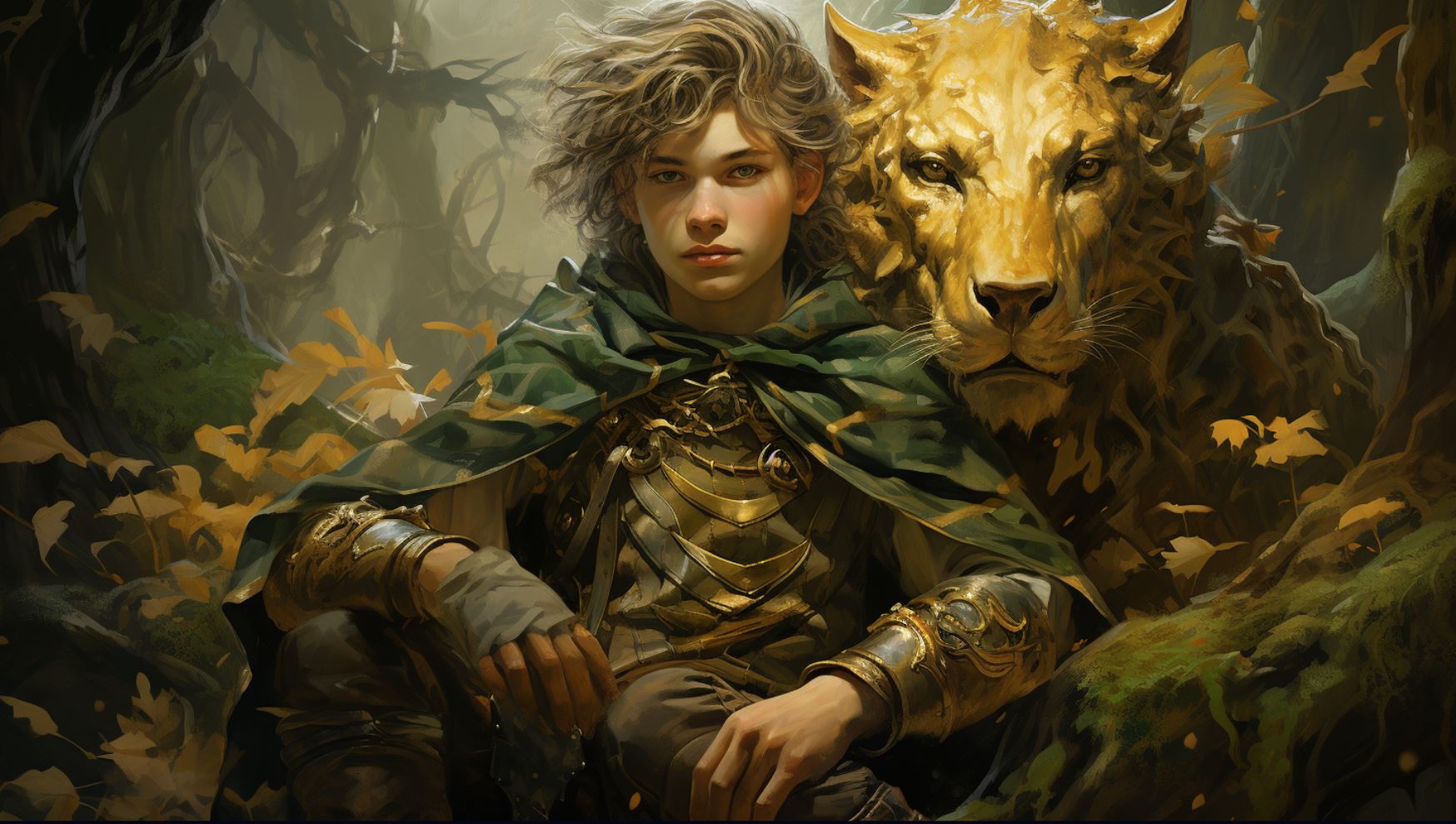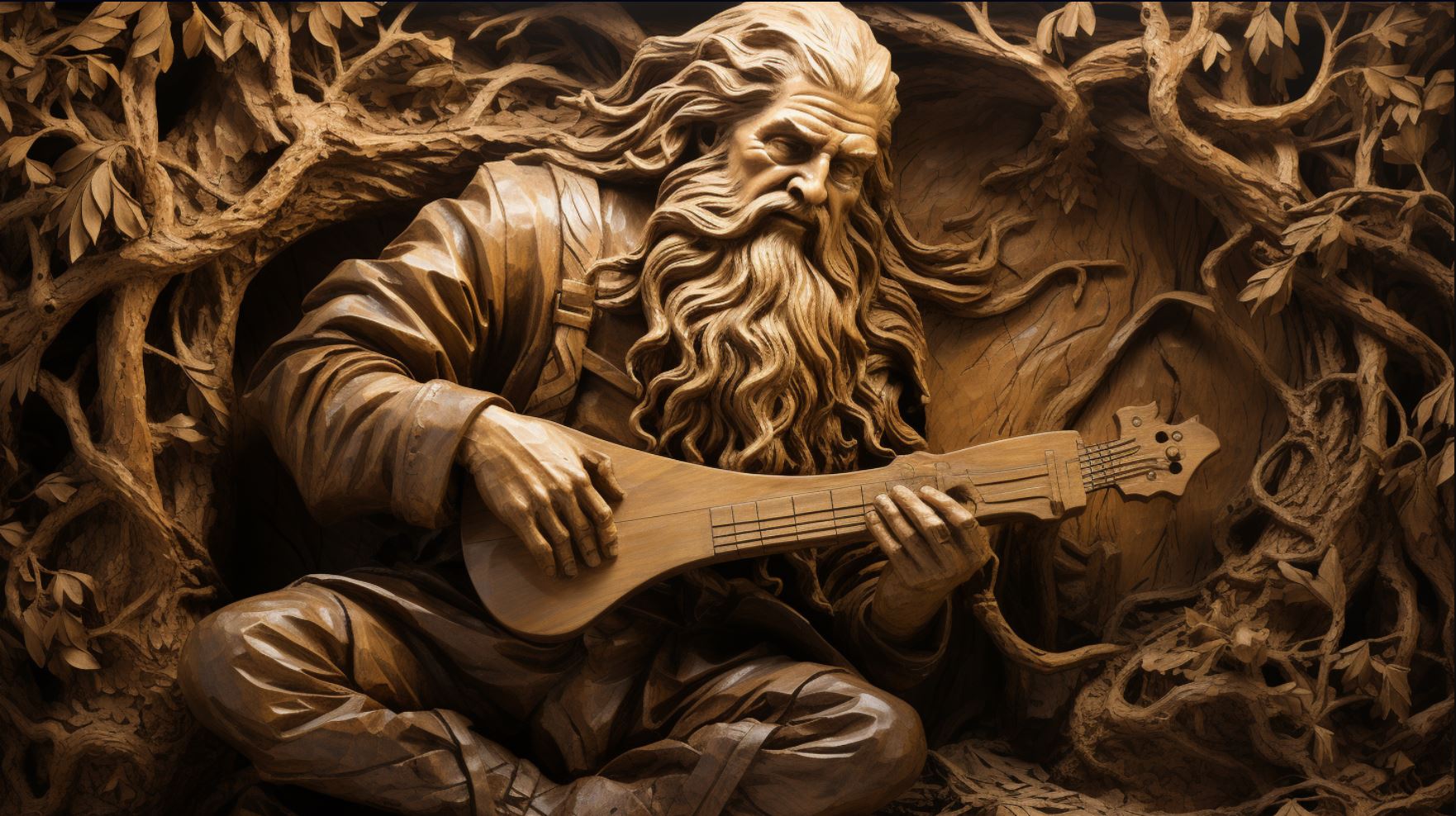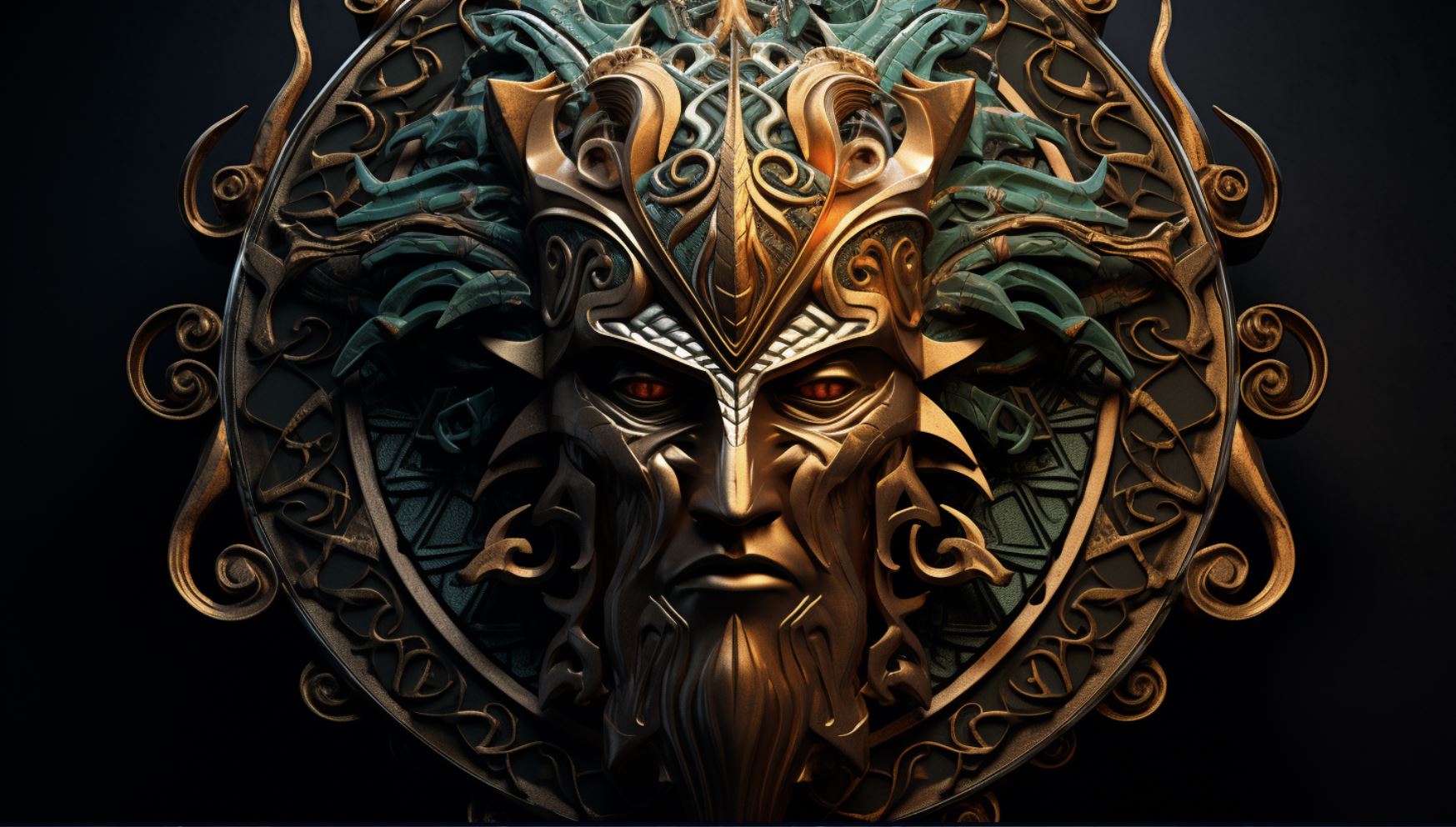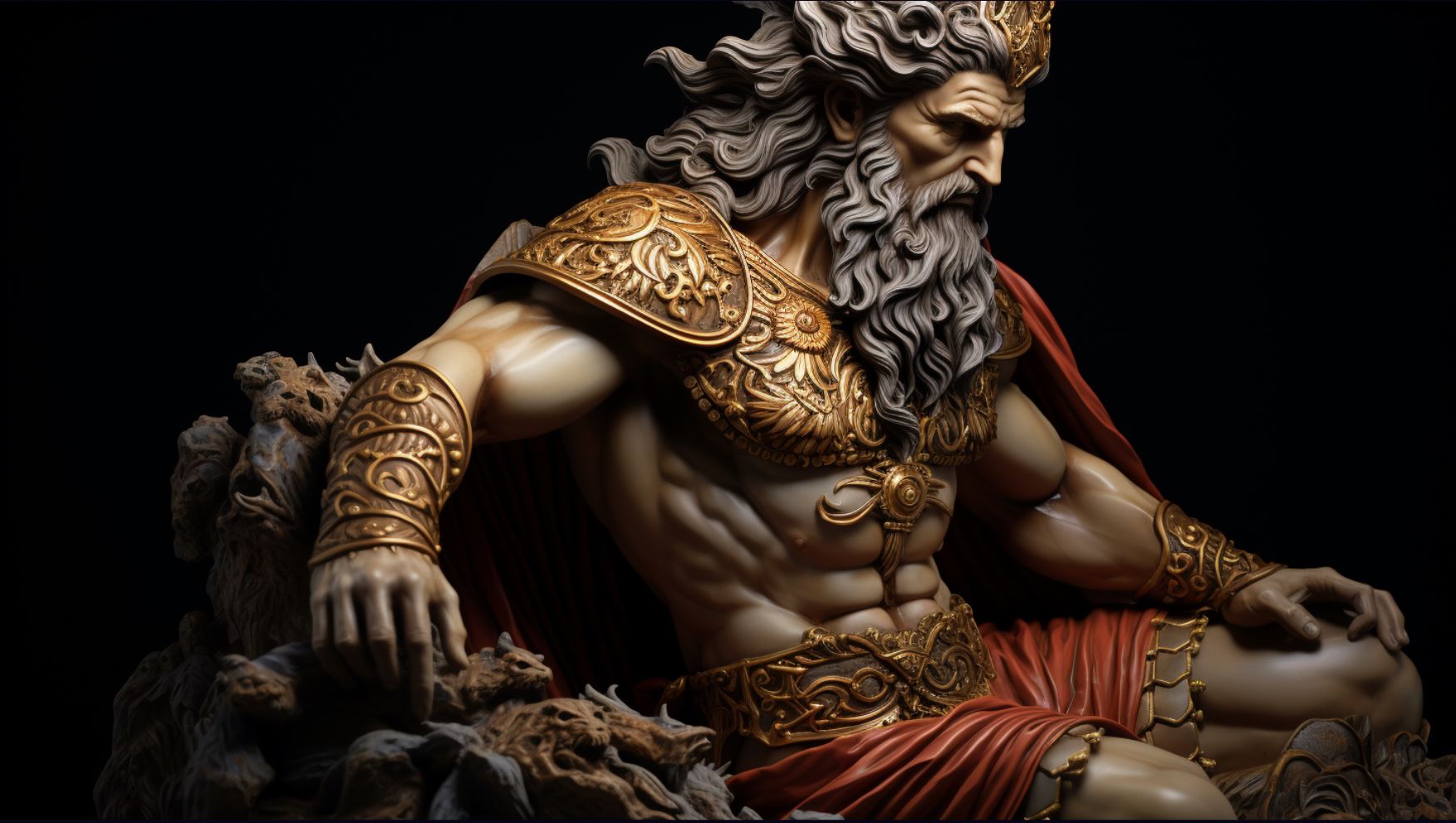Cernunnos Celtic God: Exploring the Ancient Deity’s Significance and Symbols
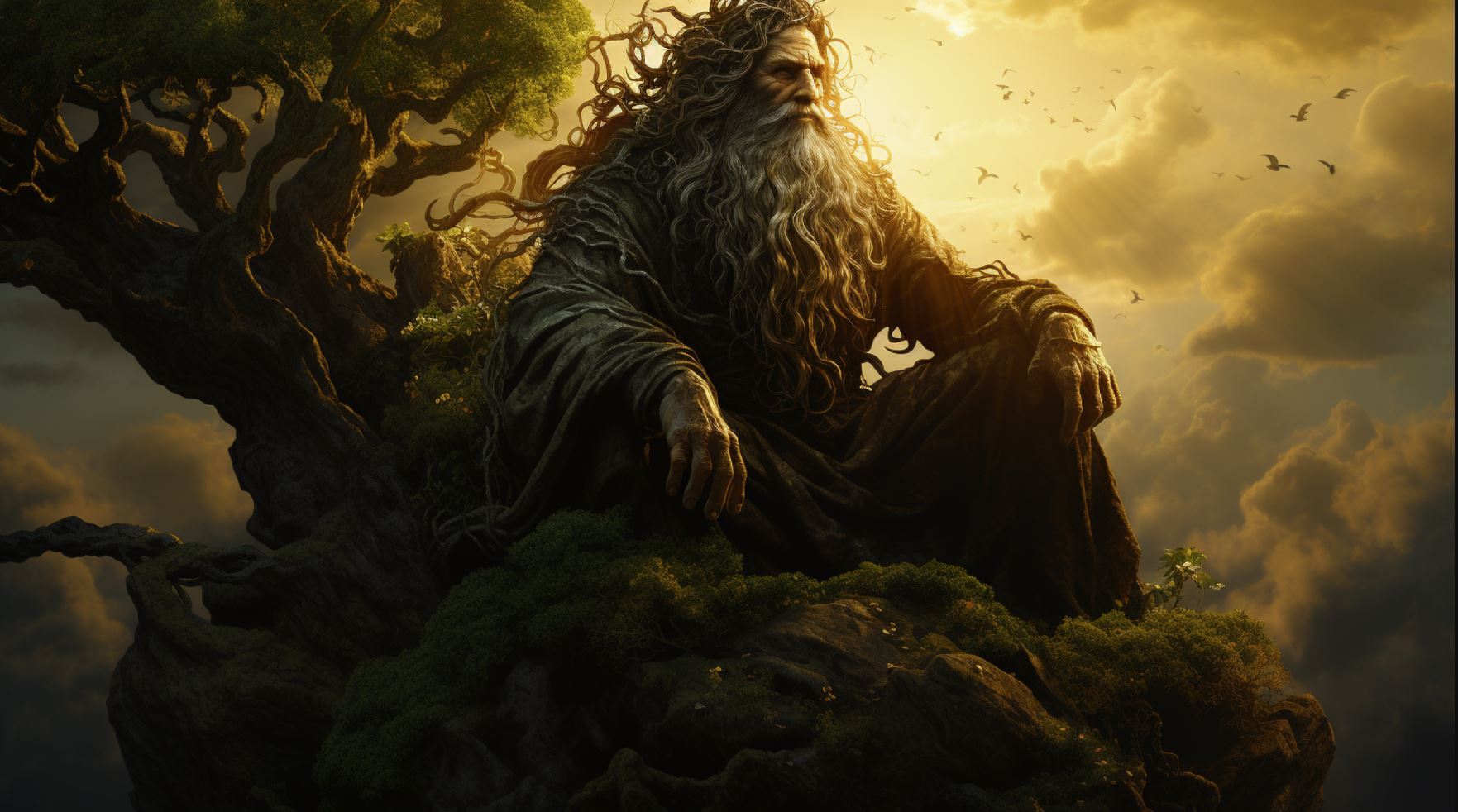
Cernunnos Celtic god holds a significant place in ancient Celtic mythology. Represented as a horned deity, Cernunnos symbolizes nature, fertility, and the cycle of life. This ancient god intertwines with Celtic culture, rituals, and festivals.
Today, Cernunnos remains relevant in modern paganism and neopaganism, while his influence can also be seen in contemporary culture. As we explore the origins, symbolism, and role of Cernunnos, we gain insights into this captivating Celtic deity.
The Origins and History of Cernunnos
Cernunnos, a prominent figure in Celtic mythology, has a rich history deeply rooted in the ancient Celtic religion and influenced by the Romans. Understanding the origins of Cernunnos provides valuable insights into his significance and symbolism within Celtic culture.
The Ancient Celtic Religion
In the ancient Celtic religion, practitioners revered a pantheon of deities associated with various aspects of nature and life. The worship of Cernunnos can be traced back to this ancient belief system, where he held a significant role as a god of nature, fertility, and the underworld.
Cernunnos in Celtic Mythology
Within Celtic mythology, Cernunnos is often depicted as a horned deity associated with animals and the wild. He is believed to possess a deep connection with the natural world and is considered a guardian of the wilderness.
Cernunnos symbolizes the cycles of life, death, and rebirth and represents the divine masculine energy within Celtic cosmology.
Cernunnos in Roman Influence
During the Roman conquest of Gaul, the indigenous Celtic beliefs began to merge with Roman religious practices, leading to the assimilation of deities and the subsequent development of syncretism. Cernunnos’ popularity continued to grow, and the Romans associated him with their own god, Mercury. This fusion influenced the portrayal of Cernunnos in Roman art and iconography, where he is often depicted in a similar manner to the Roman god, with a staff and other attributes of power.
Symbolism and Representations of Cernunnos
The symbolism surrounding Cernunnos, the Celtic god, is multifaceted and rich. Depictions of Cernunnos in art and sculptures provide fascinating insights into his attributes and associations. The horned god imagery dominates representations of Cernunnos, showcasing his connection with the natural world and divine power.
Let’s explore the various aspects of symbolism linked to Cernunnos and his representations.
Depictions of Cernunnos in Art and Sculptures
In ancient artwork and sculptures, Cernunnos is often portrayed as a horned deity, seated or standing in a cross-legged position. These depictions emphasize his association with fertility, abundance, and nature.
The intricate details of these artistic representations, such as leaf motifs and intertwining serpents, highlight his status as a divine figure closely tied to the natural world.
The Horned God and Animal Associations
The imagery of Cernunnos as the horned god speaks to his connection with animal symbolism. The antlers on his head symbolize strength, wisdom, and regenerative power. Additionally, Cernunnos is often depicted alongside various animals, such as stags, bulls, and serpents.
These animal associations further accentuate his role as a guardian and guide of the animal kingdom, highlighting his connection with the cycles of life and death.
Cernunnos and Nature Worship
Cernunnos’ representations also embody the reverence for nature inherent in Celtic culture. His association with forests, trees, and plant life signifies his role as a deity connected to the Earth’s vitality.
The presence of foliage, vines, and greenery in depictions of Cernunnos underscores the importance of nature worship in Celtic traditions. It highlights the belief that the divine can be experienced and honored through the natural world.
The symbolism and representations associated with Cernunnos provide a glimpse into the ancient Celtic worldview and their deep respect for the natural world. Exploring these symbols and their significance allows us to understand the interconnectedness between Cernunnos, nature, and the Celtic people’s spiritual practices.
Cernunnos’ Role in Celtic Culture
Cernunnos played a significant role in Celtic culture, embodying various aspects that were integral to their way of life. From fertility to rituals and festivals, his influence extended to the Celtic pantheon itself.
Cernunnos and Fertility
Cernunnos was closely associated with fertility, representing the prosperous and abundant nature of the land. This connection made him an essential figure in Celtic agricultural practices, as the Celts believed that he bestowed blessings upon their crops and ensured a fruitful harvest.
The imagery of Cernunnos often included symbols of fertility, such as animals or plants, underscoring his role in promoting growth and abundance.
Cernunnos in Rituals and Festivals
Rituals and festivals held in honor of Cernunnos were a crucial part of Celtic religious practices. These ceremonies celebrated the cyclical nature of life, emphasizing the interconnectedness of humans, nature, and the divine.
During these events, participants would invoke Cernunnos through prayers, offerings, and symbolic rituals, seeking his blessings for prosperity, protection, and fertility. The rituals often incorporated music, dance, and feasting, fostering a sense of unity and reverence among the Celtic community.
Cernunnos’ Influence on Celtic Pantheon
Within the Celtic pantheon, Cernunnos held a unique position, representing the untamed forces of nature and the wild. He personified the balance between civilization and the natural world, acting as an intermediary between humans and the divine realm.
His influence extended beyond his immediate fertility domain, as he was often associated with other deities and spirits within the Celtic pantheon. Through his connection with animals, Cernunnos symbolized the spiritual embodiment of the animal kingdom, serving as a guardian and guide for human souls in their journey through life.
Modern Interpretations and Relevance of Cernunnos
The significance of Cernunnos, the ancient Celtic god, continues to resonate in modern times. His association with nature, fertility, and the cycle of life has captured the interest of many in various spiritual and cultural contexts.
This section explores the modern interpretations and relevance of Cernunnos, shedding light on his enduring influence.
Cernunnos in Modern Paganism and Neopaganism
In modern Pagan and Neopagan traditions, Cernunnos holds a prominent place as a revered deity. Believers draw inspiration from ancient Celtic beliefs and incorporate Cernunnos into their rituals, honoring his connection to the natural world and embracing his symbolism.
Many followers see Cernunnos as a guide and protector, promoting harmony and balance in their spiritual practices.
Cernunnos in Contemporary Culture
Beyond religious and spiritual contexts, Cernunnos’ imagery and symbolism have permeated contemporary culture. His horned form and association with wildlife often find their way into art, literature, and even popular media.
Cernunnos has become a symbol of primal energy, wild instincts, and a connection to our ancestral roots. From artwork and tattoos to fantasy literature and movies, his presence in modern culture serves as a reminder of our deep connection to nature and the ancient past.
Personal Connections and Practices with Cernunnos
- Many individuals develop personal connections with Cernunnos through meditation, rituals, and prayer. They seek to establish a direct relationship with this Celtic god, exploring his attributes and seeking his guidance in various aspects of life.
- Some practitioners incorporate Cernunnos’ symbols and representations into their own spiritual practices.
They may create altars, use specific herbs or incense associated with him, and incorporate elements of nature in their rituals.
- For those who resonate with Cernunnos’ energy, he becomes a source of inspiration, strength, and guidance.
They may see him as a figure representing a harmonious coexistence with nature and a guardian of the natural world.
As contemporary society grapples with ecological concerns and the need for a deeper connection to the natural world, Cernunnos offers a symbol of reverence and respect for nature’s wisdom.
Through modern interpretations and personal practices, people embrace the relevance of this ancient Celtic god in their own lives.
.

